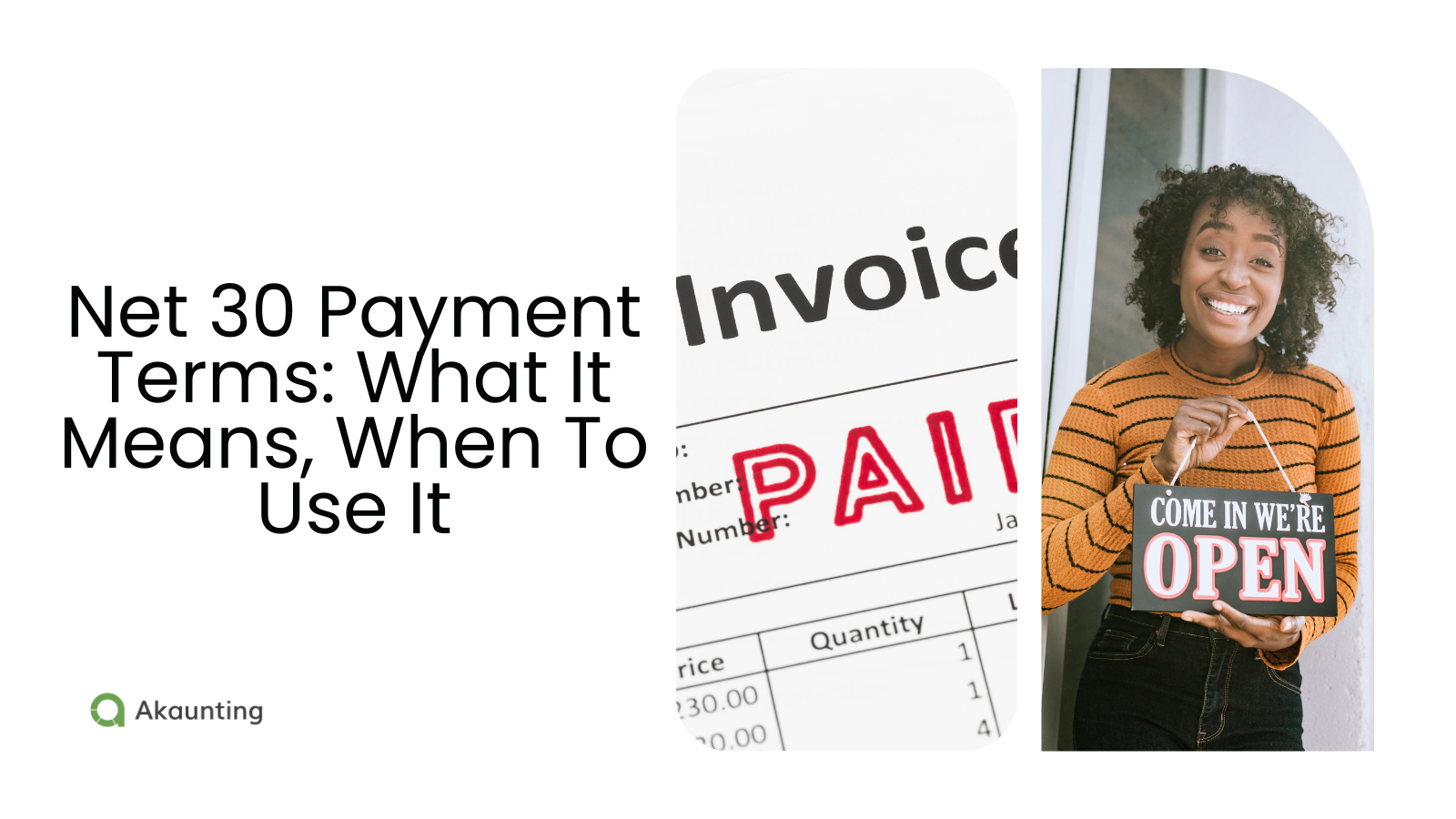Consigned goods and your business finances
Reading Time: 4 minutesStarting up a business has its challenges. From thinking up an idea to birthing it, purchasing the required tools, producing goods/services, and then distributing it could be a daunting journey.
Consigned goods help entrepreneurs overcome costs associated with marketing and distribution. It also helps generate revenue for the business.
Let’s get to understand consigned goods.
What are consigned goods?
Consigned goods or consignment is when the owner of goods gives full possession to a third party for sales or distribution purposes while retaining sole ownership.
Items sold on consignment have commission fees taken by the retailer, with the owner getting the remaining money.
An example is being a producer of Fancy notebooks. Since you may not have the right network of friends or budget to market it, you could consign them to a popular retailer who gets to sell the Notebooks at an agreed price.
Consigned goods 101: the owner of consigned goods is called the consignor, and the one who sells goods for the owner is called the consignee
If the Notebook sells for $10, the retailer will keep $2 and remit $8 to you for each piece.
When goods are consigned, the consignee doesn’t buy the items, they only take possession and remit payment only when a customer buys the item.
The supplier only recognizes consigned goods as revenues when the retailer sells to the consumer.
Examples of Consigned goods
Consignment doesn’t include retailers like Walmart or most supermarkets, as they outright purchase goods from wholesalers and then sell at a markup.
Online companies such as eBay and Amazon are consignment platforms. They provide users with a marketplace and take a percentage of the sale.
Typical consigned agreements are on products such as art, clothing and accessories, furniture, musical instruments, and books.
Now you have an understanding of consigned goods. Let’s talk about consigned inventory.
What is Consigned Inventory?
Consigned inventory is items owned by a business but in possession of another company (retailer) that sells those items for a commission.
The supplier keeps the Inventories in their warehouse.
As with consigned goods, the retailer does not buy the inventory but only markets them. If a retailer can’t sell an item, they return it.
One of the risks of consignment inventory is that the supplier doesn’t receive payment until retailers sell their merchandise.
However, the supplier enjoys the opportunity of having their product on shelves/platforms with a more significant number of potential customers seeing them.
Learn about payment in arrears
Consigned inventory journal entry
You need accounts for Cash, Sales, and Commission. You debit your cash and commission accounts when you sell an inventory while crediting your sales account.
| Account | Debit | Credit |
| Cash | xxx | |
| Commission | xxx | |
| Sales | xxx |
You should record COGS by debiting the cost of goods sold and crediting consignment inventory.
| Account | Debit | Credit |
| Cost of Goods Sold | xxx | |
| Consignment Inventory | xxx |
Now that you’ve read some general facts about consigned inventory, let’s look at the advantages and disadvantages of consigned goods.
Consigned goods 101: When considering consignment goods, you should involve your legal adviser and have them draw an agreement.
What are the advantages of consigned goods?
- – It allows you to reach more potential customers, creating brand awareness.
- – Retailers benefit from stocking products with uncertainty and do not risk losing money that could arise from purchasing items that may not sell out.
- – It gives affordable exposure to the products you may not necessarily have a marketing and distribution budget for.
What are the disadvantages of consigned goods?
- – You do not always control how the consignee markets or displays the product
- – You do not receive payment until the consignee records a sale.
- – As the manufacturer, it may affect the liquidity needed to handle day-to-day business operations.
- – Your product could also be at risk of damage and shopper abuse.
- – Where profitability is maximized, the retailer’s outright owned merchandise might be promoted over consigned goods.
So, let’s look at what you should look for when entering a consignor-consignee agreement.
Things to consider when deciding to consign your inventory
According to Infoentrepreneurs, from court decisions over the years, specific points have surfaced that are important in determining “true consignment.”
- – The consignor is authorized to demand the return of the goods at any time.
- – The consignee is authorized to sell the goods only at a specified price or not less than the invoice amount.
- – The consignee must meet specific standards in keeping the goods, such as their segregation from goods wholly owned or held under a claim of ownership or interest.
- – The consignee must forward sale proceeds immediately to the consignor or deposit them in a particular account.
- – The title issue becomes critical because creditors of the consignee will have a claim to the merchandise if the title has passed to the consignee in a “sale or return” situation. In an actual consignment sale, the title always remains with the consignor.
Final thoughts – is consignment selling a good choice?
While consigned selling may have shortcomings, it has advantages that a small business could benefit from significantly.
Keeping track of your inventory is essential to avoid losing sight of your items.
Bookkeeping software such as Akaunting’s Inventory can help keep accurate records of your stock and warehouses.
Consigned goods frequently asked questions (FAQs)
- What’s the difference between a sale and a consignment?
When a sale occurs, the buyer cannot return goods unless they are defective or the seller agrees to take them back. While with consignment, the goods in possession can be returned to the consignor after an agreed time or if the items aren’t sold.
- Are consigned goods included in inventory?
Goods held on consignment are included in the inventory of the consignor, not the consignee.
- How do consigned goods affect inventory?
For the retailer (consignee), consigned goods are not purchased or owned; hence do not affect the normal inventory records. They can, however, be recorded in a different inventory for easy tracking.






